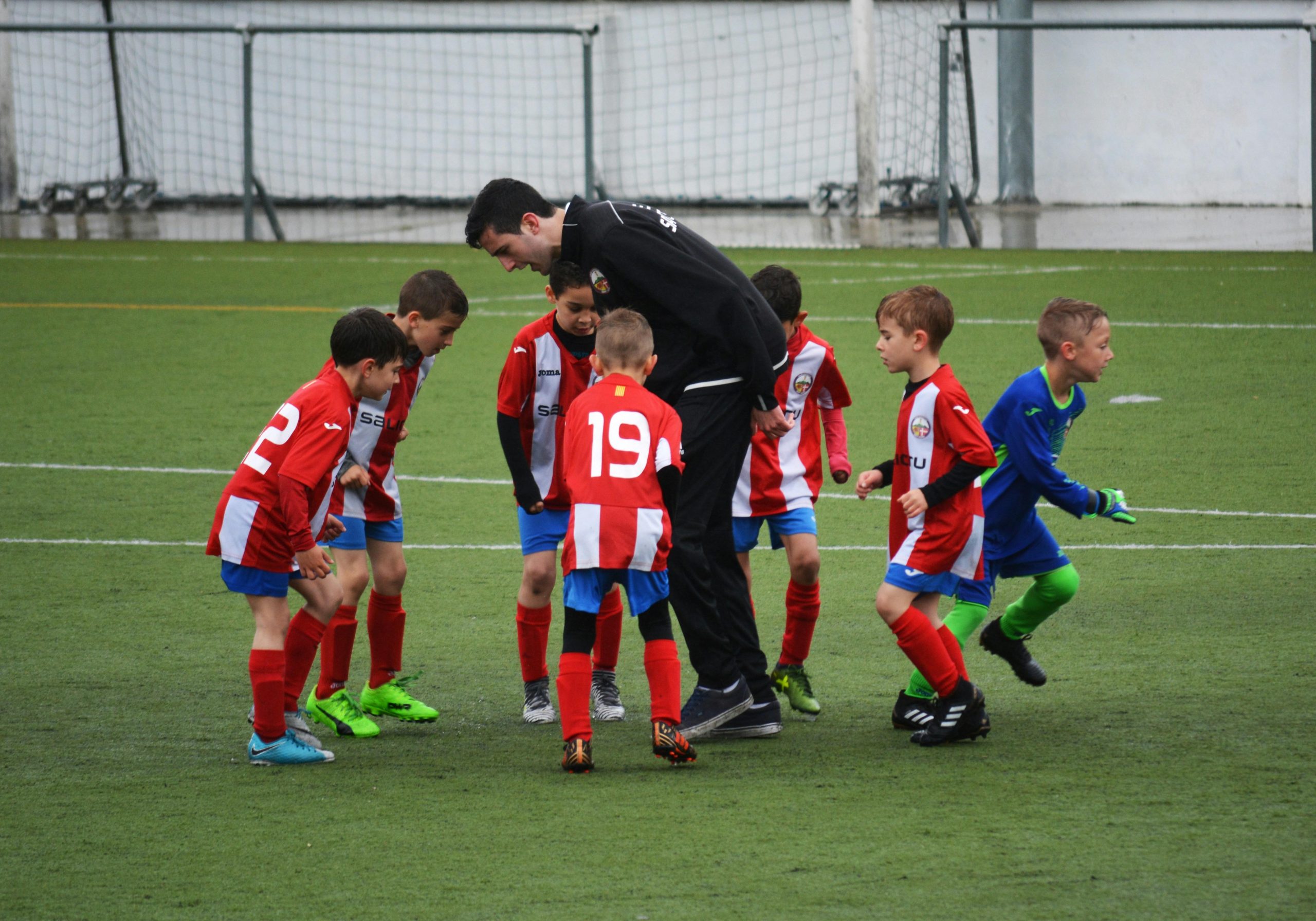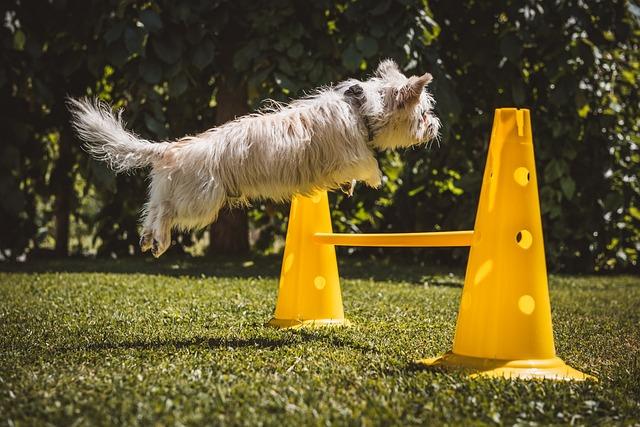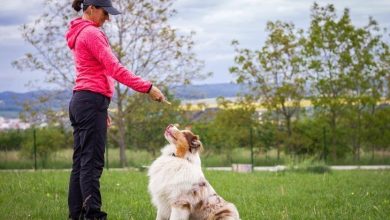Can You Train Multiple Dogs at Once

Training dogs can be one of the most rewarding experiences for any pet owner, but what happens when you have more than one eager pup vying for your attention? Can you train multiple dogs at once without losing your mind or, more importantly, without compromising on the quality of their training? The good news is that with the right approach and a sprinkle of patience, it is entirely possible to train multiple dogs simultaneously. In this article, we’ll explore practical strategies and tips to help you manage a multi-dog training session, ensuring each furry friend gets the attention and guidance they need. Whether you’re a seasoned dog owner or a first-time trainer, you’ll find the insights you need to create a harmonious and effective training environment for your canine companions.
Understanding Pack Dynamics for Effective Training
To effectively train multiple dogs at once, it’s crucial to grasp the nuances of pack dynamics. Dogs are inherently social creatures, and their behavior often reflects their position within the group. Recognizing these roles can aid in structuring your training sessions. Here are a few key aspects to consider:
- Hierarchy Awareness: Understanding which dog naturally assumes the leader role can help you address behaviors that may arise during training. Acknowledging this can prevent potential conflicts and streamline the learning process.
- Communication Styles: Each dog may have its unique way of expressing needs or understanding commands. Tailor your approach to accommodate these differences, ensuring each dog receives the attention they need.
- Group Cohesion: Encourage cooperation by incorporating activities that promote teamwork among your dogs. This not only reinforces obedience but also strengthens their bond, making them more receptive to training.
By leveraging these insights, you can create a harmonious training environment that respects each dog’s place within the pack, leading to more effective and enjoyable sessions for both you and your furry friends.

Creating a Consistent Training Environment
Ensuring a harmonious training environment is crucial when working with multiple dogs. Consistency is the key to success. Each dog should have a clear understanding of the expectations and commands, which can be achieved through uniformity in training methods and schedules. Establishing a regular routine helps dogs feel secure and understand what is expected of them, reducing confusion and enhancing their ability to learn together.
- Use the same commands for all dogs to prevent misunderstandings.
- Set a specific time and place for training sessions to create a familiar setting.
- Utilize consistent rewards and corrections to maintain clarity and fairness.
By maintaining a consistent training environment, you not only foster an atmosphere of trust but also streamline the learning process for your furry friends, making group training an enjoyable experience for both you and your dogs.

Balancing Individual Needs with Group Goals
When training multiple dogs, it’s crucial to strike a balance between addressing each dog’s unique needs and achieving overarching training goals for the group. Every dog has its own personality, learning pace, and motivation triggers. Identifying these individual characteristics can help tailor training sessions that benefit both the individual and the pack as a whole. For example, while one dog might respond well to verbal praise, another might be more motivated by treats. Recognizing these differences ensures each dog feels acknowledged and motivated.
To effectively manage this balance, consider implementing the following strategies:
- Rotate Focus: Dedicate time to each dog individually, ensuring that they receive one-on-one attention while also participating in group activities.
- Use Group Dynamics: Leverage the pack mentality to your advantage. Dogs learn from observing others, so a well-trained dog can help reinforce desired behaviors in others.
- Set Common Goals: Establish basic commands and routines that apply to all dogs, promoting a sense of unity and consistency in the group.
- Customize Rewards: Adapt rewards to fit each dog’s preferences, enhancing their learning experience without disrupting the group’s cohesion.
By acknowledging individual needs while pursuing group objectives, you create a harmonious training environment that fosters both personal growth and collective success.

Tips for Managing Multi-Dog Training Sessions
Training multiple dogs at once can be a rewarding yet challenging experience. Here are some practical suggestions to ensure a smooth and productive session:
- Individual Attention: Initially, work with each dog separately to ensure they understand the basic commands. Once they are comfortable, gradually bring them together for group training.
- Consistent Commands: Use the same commands and gestures for all dogs to avoid confusion. Consistency helps them learn faster and respond better.
- Positive Reinforcement: Reward all dogs equally for good behavior to foster a positive learning environment. Use treats, toys, or praise to keep them motivated.
- Designated Training Space: Choose a distraction-free area where you can easily manage all dogs. A familiar setting can help them focus on the tasks at hand.
- Patience and Flexibility: Each dog learns at its own pace. Be patient and adjust your training methods as needed to accommodate different learning styles.
With a little patience and the right approach, you can successfully train multiple dogs together, creating a harmonious and well-behaved pack.
Future Outlook
training multiple dogs at once is not only possible but can also be a rewarding experience for both you and your furry companions. By approaching the process with patience, consistency, and a clear understanding of each dog’s individual needs, you can foster a harmonious learning environment. Remember to celebrate small victories, remain flexible in your methods, and, most importantly, enjoy the journey with your dogs. With dedication and the right strategies, you’ll soon find your pack not only well-behaved but also closer than ever. Happy training!



